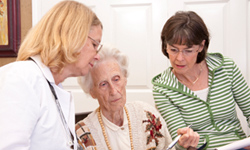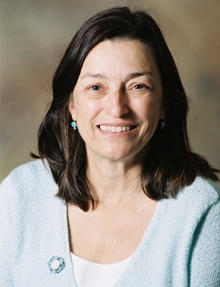Throughout the history of the Earth, droughts spanning seasons or even years have taken their toll on plant and animal life. In more recent U.S. history, a series of major droughts every 20 to 30 years have devastated farms, sparked wildfires and led to adverse health effects.
Although the literature contains well-researched articles on the aspects and implications of drought itself, there have been few fact-based inquiries into how drought affects public health in the United States. Until recently.
Last month, the Centers for Disease Control and Prevention National Center for Environmental Health published a guide to assist public health officials to prepare for and cope with drought in their communities. The document includes information about how drought affects public health, recommends steps to help mitigate the health effects of drought and identifies future needs for research and other drought-related activities.
Among the CDC’s recommendations is to identify the populations that are most affected by a particular adverse condition. For instance, immune-compromised people drinking contaminated well water are most at risk of contracting infectious diseases. Once the affected populations have been identified, public health departments should actively collect and analyze quantitative and qualitative data to help determine the extent of the public health threat and the best steps to mitigate it.
The publication also suggests additional research in numerous areas including identifying the health effects of reusing water, using surveillance data to determine which chronic disease are more frequently reported during a drought, and identifying pathogens that can be used as drought indicators.
Intrigued? You can find the entire publication by clicking here.










